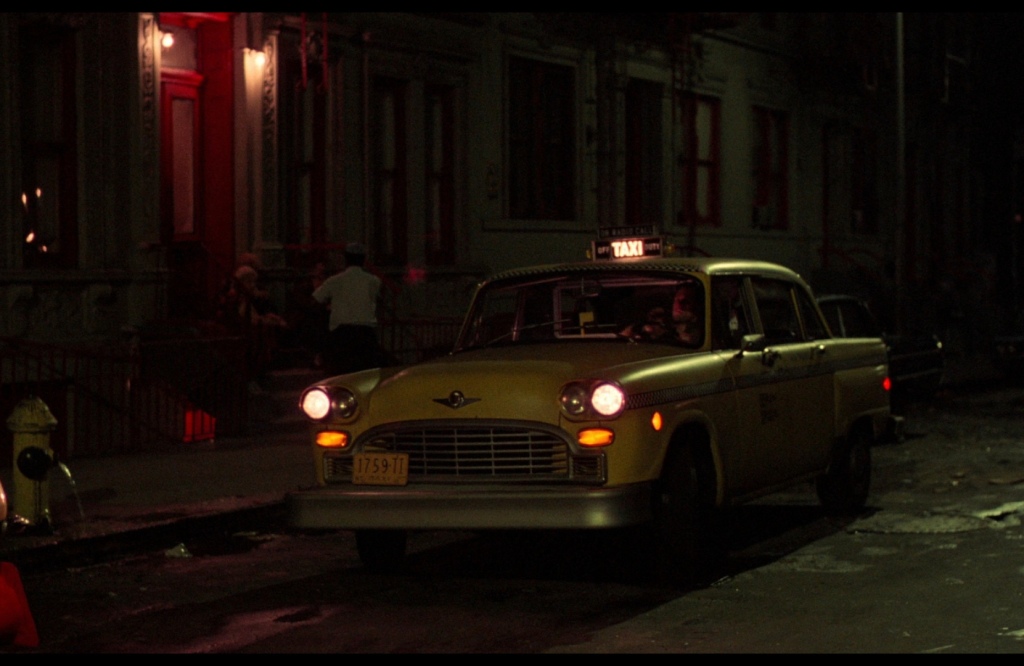
Publisher: Laurence King Publishing
Release Date: November 9, 2011
Saul Bass: A Life in Film & Design is the first book dedicated to one of the greatest American designers of the 20th century. Saul Bass created some of the most compelling images of American postwar visual culture. Having extended the remit of graphic design to include film titles, he went on to transform the genre. His best-known works include a series of unforgettable posters and title sequences for films such as Alfred Hitchcock’s Vertigo, North by Northwest, and Psycho. His work for other directors was equally iconic and will remain cemented in pop culture history. Bass also created many recognizable logos and corporate identity campaigns, including those for AT&T, Quaker Oats, United Airlines, Girl Scouts of America, and Minolta.
His wife and collaborator, Elaine, joined the Bass office in the late 1950s. Together they created an impressive series of award-winning short films, as well as an equally impressive series of film titles, ranging from Stanley Kubrick’s Spartacus in the early 1960s to Martin Scorsese’s Cape Fear and Casino in the 1990s.
The book was designed by Saul Bass’s daughter, Jennifer, and written by distinguished design historian, Pat Kirkham (who knew Saul Bass personally). It contains 440 pages of information and graphic art. One shouldn’t expect the book to serve as a traditional biography. Instead, it serves as a visual study of Saul Bass’s eclectic oeuvre. A lot of the contextual information is provided using extended quotes from Saul Bass and many of the people that worked with him. This gives the book an autobiographical flavor. Like an autobiography, one must be on guard for false information. Bass’s claim that he directed the shower scene in Psycho is repeated here, even though this has been proven untrue. (He drew the storyboards.) He also refers to Kim Novak’s character in Vertigo as “Julie” instead of “Judy.” I suspect that there were other issues along these lines, but none of these issues decrease the book’s enormous value. This value lies in the book’s numerous illustrations. It could have been titled “Eye Candy.” Readers are given a glimpse at a great many graphic designs, and over half of the book focuses on his film posters and title sequences. For this reason, it is nearly impossible to put down. Saul Bass: A Life in Film & Design increased both my respect and my understanding of Saul Bass’s output.



